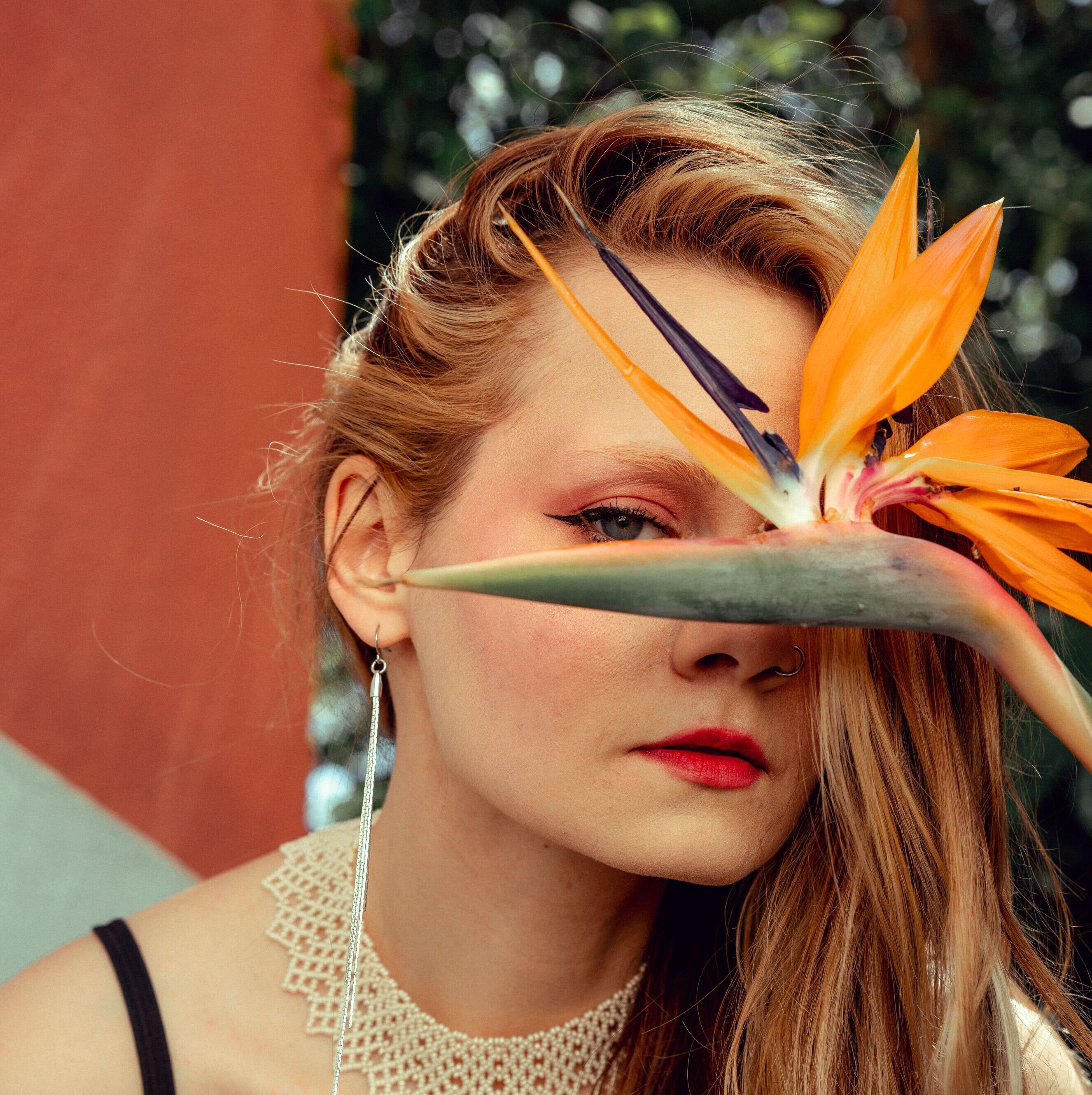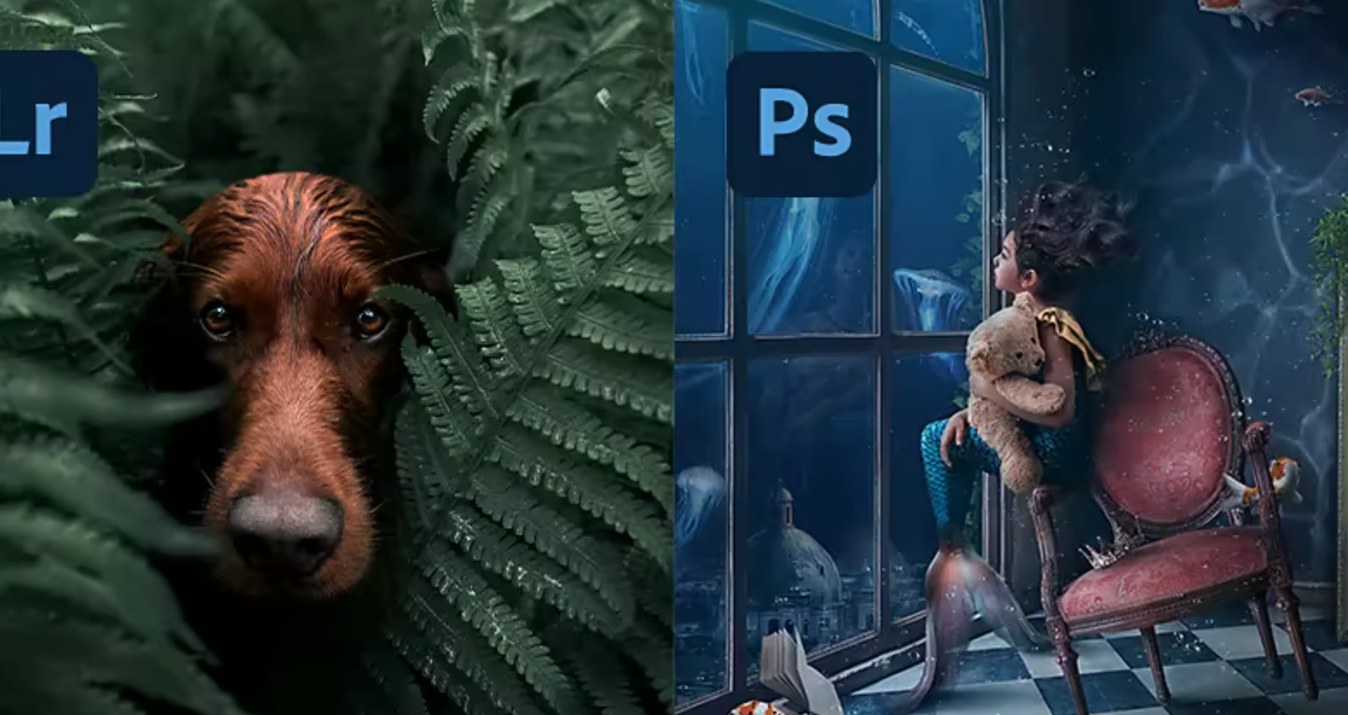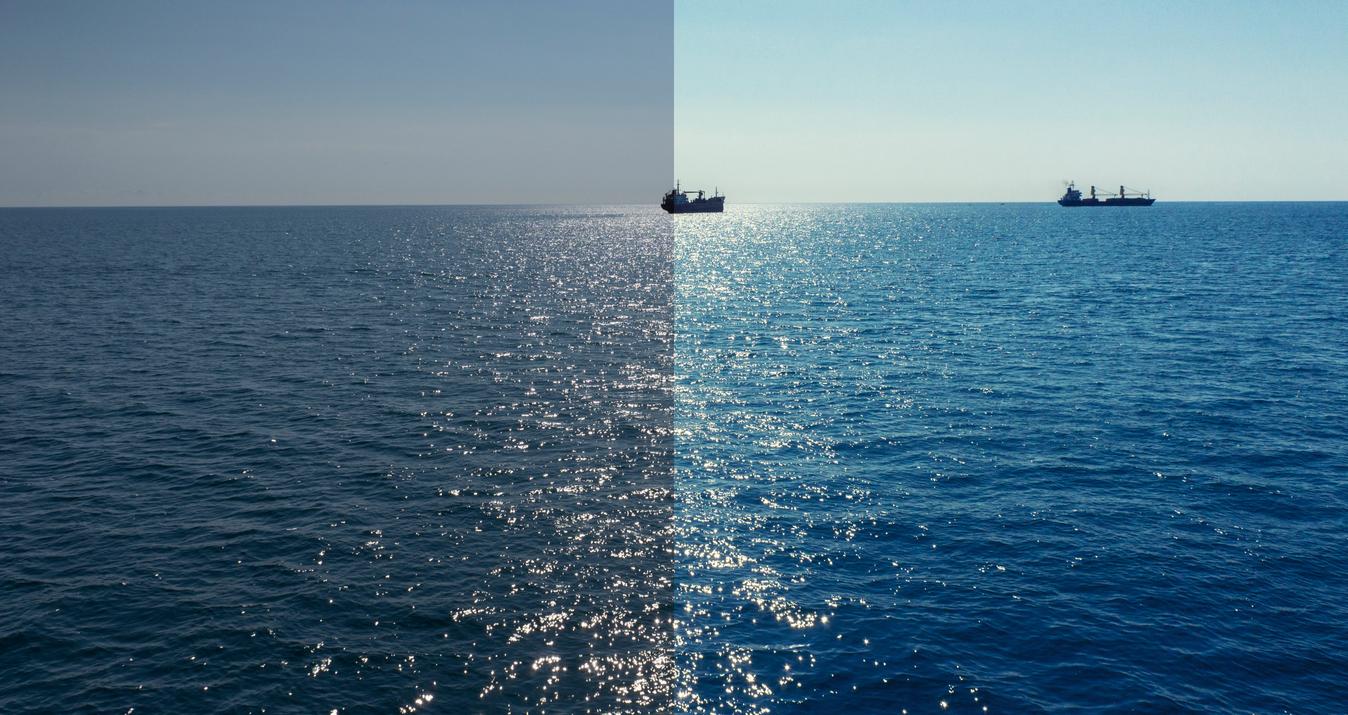If you want to determine which is better, a digital or film camera, then stay with us because today, in our blog, we discuss the advantages and disadvantages of automated and analog cameras. In addition to the advanced characteristics, you will learn to take nostalgic film photos on a computerized camera and vice versa.
Among professional photographers, there are fans of both analog cameras and modern SLRs. Each one will give you 1000 and 1 convincing fact about using this or that camera. In practice, everything is much more prosaic. When comparing film and digital cameras, there is no clear favorite. The fact is that these are fundamentally different devices and are used situationally. We will talk about the differences between these types of cameras and the possibilities of their combination.
Brief overview of the photography evolution
The evolution of photography began when cameras were invented and continues to this day. The digital age has completely changed how you capture, process, and save images. The advent of automated photography revolutionized the industry, the details of which we will reveal later in the article.
Importance of the "Digital vs Film" Debate
This debate reflects not only a clash of technologies but also a clash of artistic philosophies. Fans of the film emphasize its timeless charm, unique color rendering, and tactile appeal. Owners of automated devices appreciate their accuracy, convenience, and adaptability. This ongoing discourse invites each photographer to understand their craft, choosing tools and techniques that match their creative vision.
Understanding Photography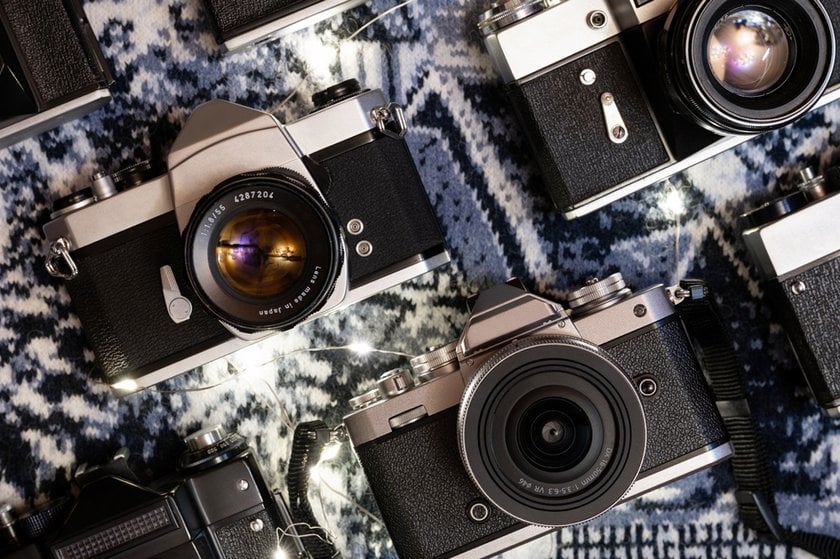
Photography involves delving into the subtleties of perspective and capturing light to convey emotion and story. Mastering this art requires the technical skills of exposure, composition, post-processing techniques, creativity, vision, and storytelling. Whether you shoot analog or automated photography, you must understand the basics to effectively translate your ideas into images.
What is Film Photography?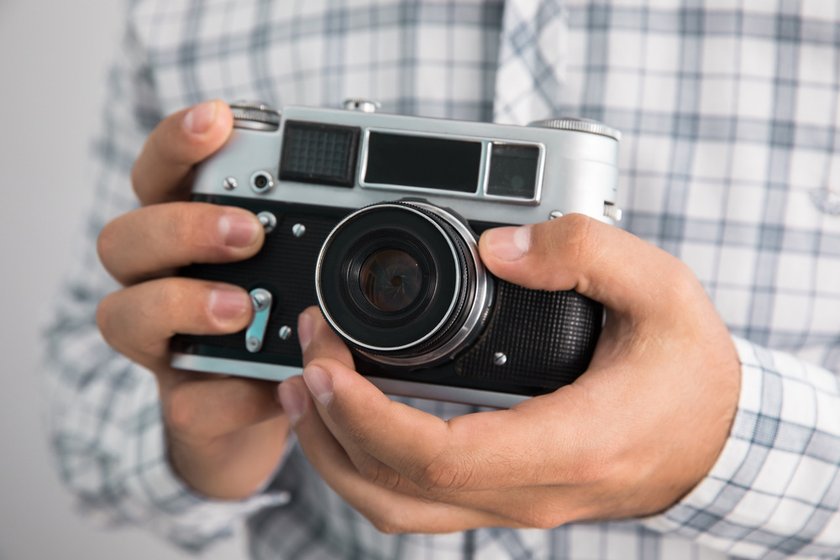
It is a traditional method of capturing images that uses a photosensitive film that reacts chemically to light. The process involves inserting the film into the camera and exposing it to light through the lens. The film then needs to be developed to create a physical photograph.
The Charm of Film and Its Resurgence
The magic is in the unique colors, texture, and grain. Its nostalgic appeal, tactile nature, unpredictability, and creative possibilities are valuable.
What is Digital Photography?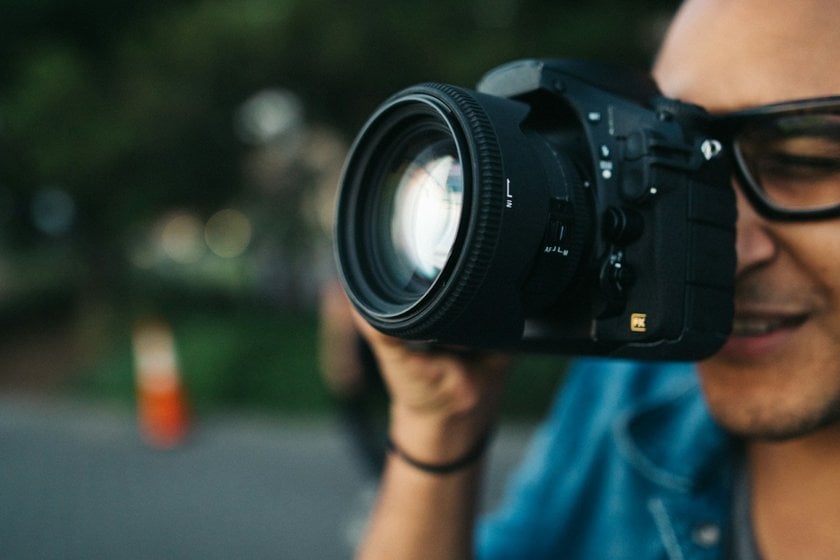
In short, it is the capture and storage of images using electronic sensors and automated technologies. All images are created and saved as digital files. They can be easily transferred and edited, published online, or printed in any format.
The Digital Revolution and Its Impact
We've seen innovations like instant image previews, post-processing capabilities, and the ability to share images online instantly. Improvements in camera technology have led to more portable devices with higher image quality and greater versatility.
Detailed Comparison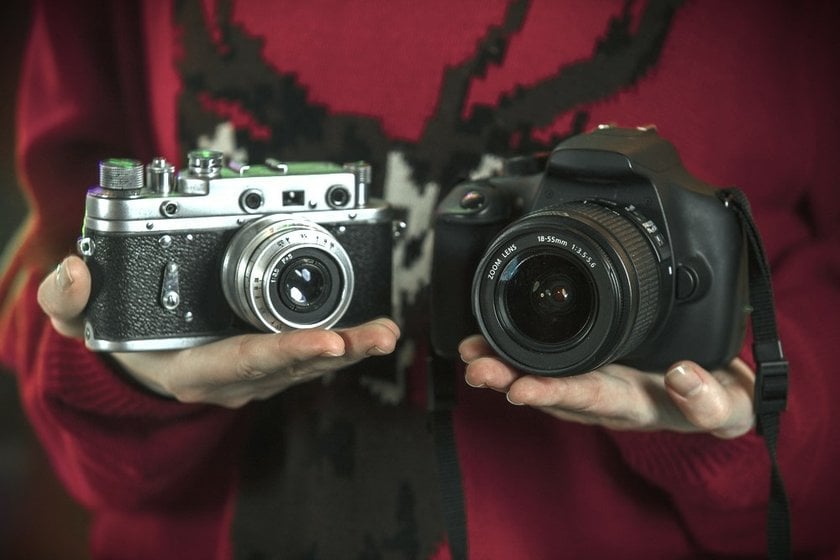
In practice, the difference between film and digital cameras is very significant. They differ in:
the shooting principle;
the method of photo processing;
the number of available frames;
the mechanism of photo storage;
additional algorithms for working with images;
cost of devices and accessories;
the complexity of service;
image quality;
duration of the operation.
These are generalized differences. If you dig a little deeper, the difference becomes even more obvious.
Film vs Digital Camera Quality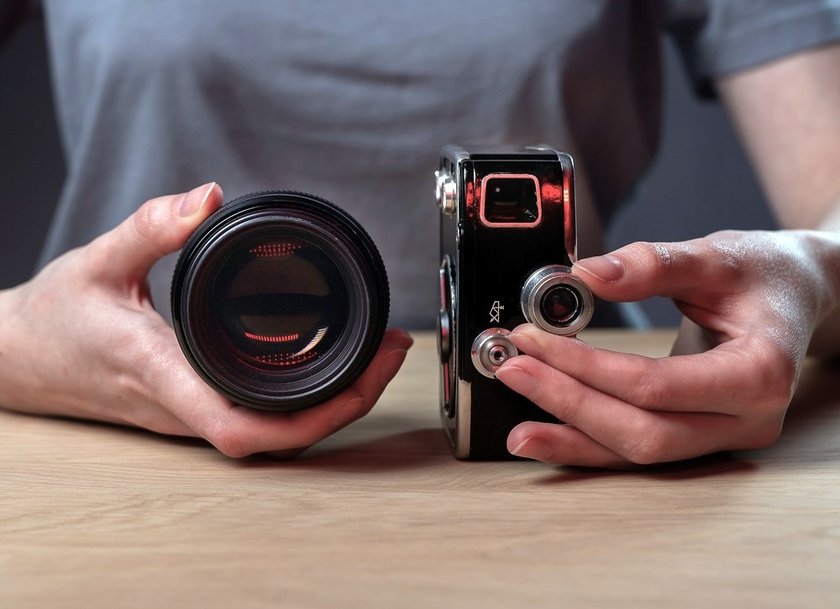
Film and digital cameras offer excellent image quality. Grain adds texture and depth to images, giving them an artistic appeal. In contrast, automated cameras offer unparalleled convenience and versatility. They provide instant feedback, allowing photographers to adjust settings and composition on the fly. Digital images can be easily manipulated and enhanced with editing software that offers precise control over aspects such as exposure, contrast, and color. While film is great at creating timeless, symbol-filled photos, automated cameras provide clarity, sharpness, and the ability to adapt to different shooting conditions, making them ideal for the needs of modern photography.
Advanced yet easy-to-use photo editor
Get Luminar Neo NowResolution: Digital Camera vs Film Camera
The resolution of analog photographs depends on various factors, such as film type, grain size, and enlargement methods, but is usually lower than the megapixel count of automated cameras.
Digital cameras capture images on a digital sensor, converting light into digital information. It results in higher resolution, more detail, and clarity. These devices allow for easy resizing and trimming without significant loss of quality, making them versatile for various applications.
Dynamic Range and Color: From Film to Digital
Of course, dynamic range and color rendering are different. Analog pictures offer a wider dynamic range and more detailed color reproduction, giving it a distinct aesthetic. In contrast, automated cameras are excellent at capturing vibrant colors and preserving detail in shadows and highlights, although their dynamic range may be more limited than films.
Why Does Film Look Better Than Digital?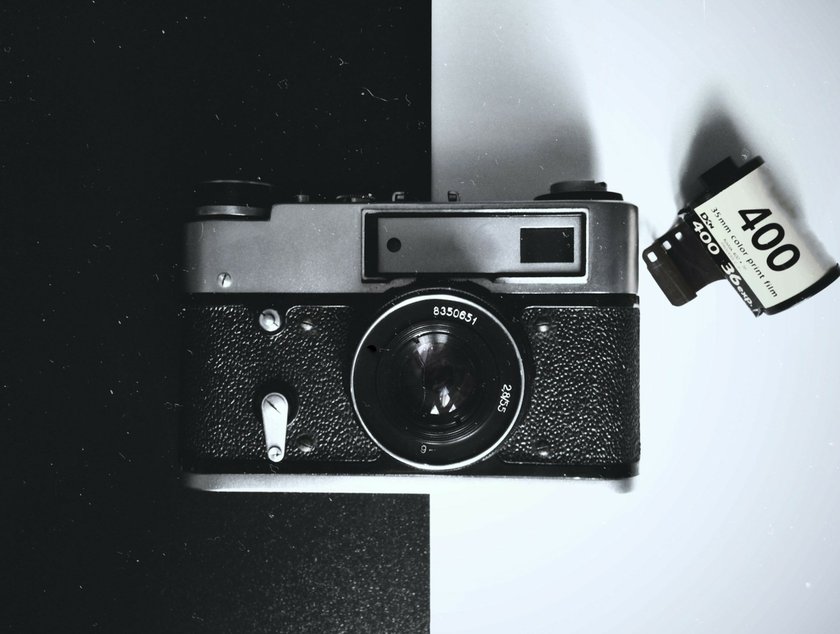
It has a unique charm compared to digital due to its organic texture, rich colors, and distinctive grain. Its analog nature captures light in a way that many find visually appealing, contributing to its perceived superiority.
Film Photos vs Digital Photos: Analyzing the Difference
Analog shots have image quality with subtle imperfections, while modern automated images give us clarity and precision. Each causes a separate aesthetic and emotional reaction because the difference lies in their transmission of colors, tones, and textures.
Cost and Accessibility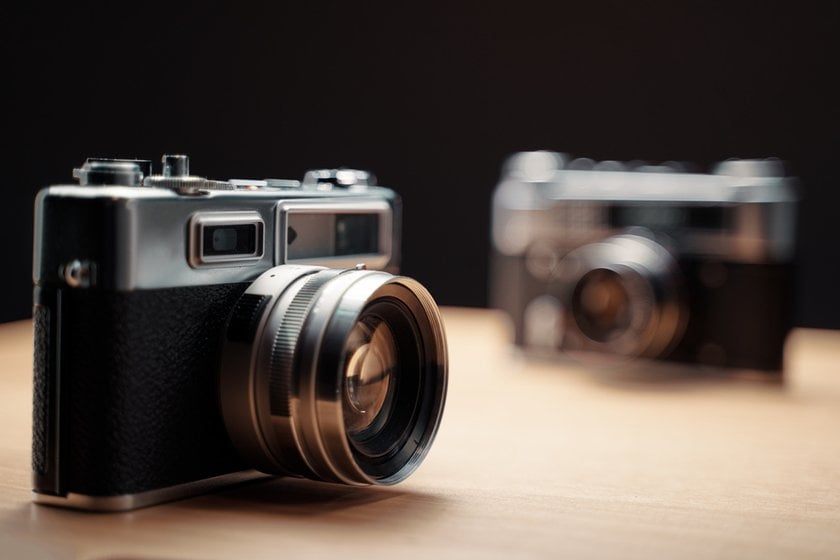
While automated cameras generally offer lower upfront costs and immediate access to images, analog cameras may have higher initial expenses and ongoing film and processing costs. Understanding these factors helps you choose the most suitable option based on their budget and preferences.
Initial Investment and Ongoing Costs: Film Camera vs Digital Camera
Before making a choice, weighing the initial investment and the ongoing costs is important. Digital cameras usually require a higher initial investment, but they offer the advantage of not using film or processing costs for each shot. In contrast, analog cameras may have a lower initial cost but require ongoing costs for film rolls and development. Consider this based on your budget and shooting needs.
Film vs Digital Photography: The Economic Perspective
Film SLR cameras are much less expensive in today’s market. Even with typical processing costs added, automated photography is the more expensive pursuit. DSLR and mirrorless cameras can cost thousands of dollars, and professional lenses may set you back much more.
On the other hand, film manufacturing costs are rising, and developing labs are becoming scarcer. Analog photo equipment is also harder to find. Film equipment and processing costs may one day be prohibitive.
Convenience and Workflow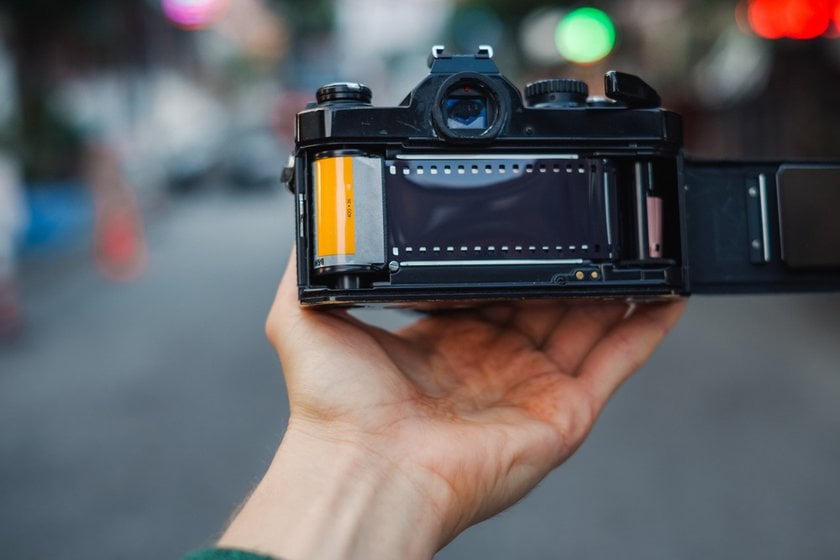
Automated photography often has significant advantages over film in terms of convenience and workflow. Thanks to the automated format, there is no need to wait for the film to develop or worry about having all the necessary reagents or paper. Digital files can be easily viewed and edited, shared instantly, and printed in any size you want. They are also easily organized, stored, and copied, reducing the risk of loss or damage.
Film requires time to process and digitize. However, it is valuable precisely because of its tactile nature, and many photographers still choose it for their shooting.
Processing Film vs Digital Files
The processing of both types of images is significantly different in process and technique. One is developing in a darkroom using special equipment for developing negatives and making prints. It requires careful handling of chemicals and precise timing for successful results.
Automated processing uses photo editors such as Luminar Neo, Adobe Photoshop, or Lightroom. You can adjust the exposure, colors, composition, and other parameters, giving you more flexibility and control over creating the desired result.
The Speed and Flexibility of Digital Photography
Digital technologies allow you to view the captured images immediately on the LCD screen. They also enable you to control and change all the desired parameters according to your needs. Transferring files to other media takes seconds. In addition, advanced post-processing enhances the final image. Speed and flexibility make this shooting feed the best choice for many photographers who value simplicity and functionality.
The Pros and Cons Breakdown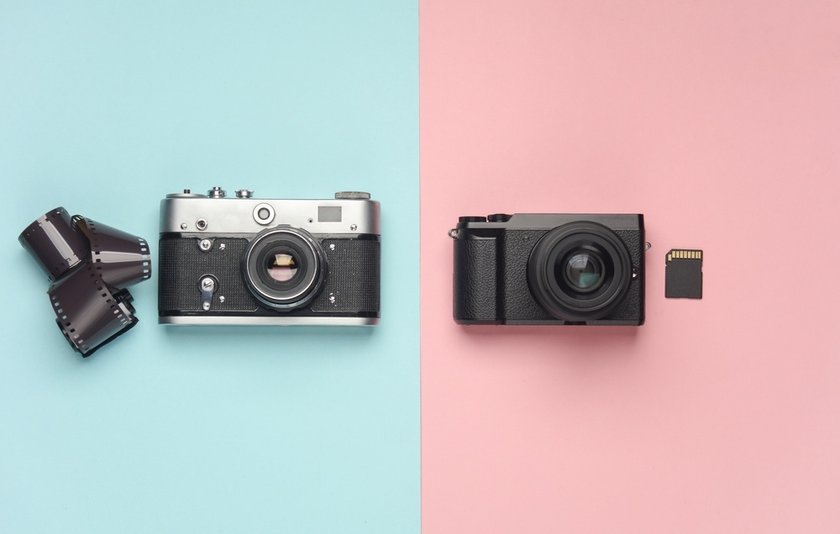
Analog Photography: Advantages and Challenges
Even now, experts value traditional analog cameras despite the abundance of affordable, mid-budget, and premium automated devices.
Advantages:
control over the amount of light captured;
high image quality;
decent resolution;
low cost of cameras.
high dynamic range;
Skills are also important here. Because of the limited number of shots and the impossibility of checking their quality at once, the photographer must be able to handle such equipment to shoot a high-quality film.
Challenges:
the long wait for the result of the shooting;
the cost of film and components to work with it;
the limitation of frames to the length of the film;
dependence of quality on the type of film;
the need for developing and chemical processing of photos;
speed of shooting.
Undoubtedly, there are adherents of traditional analog photography who reject the listed disadvantages. And they are right in some respects. Despite the obvious drawbacks, such photography requires a more balanced approach and creativity than when working with automated cameras. That is why anyone who works with such equipment can be called a professional.
Digital Photography: Advantages and Challenges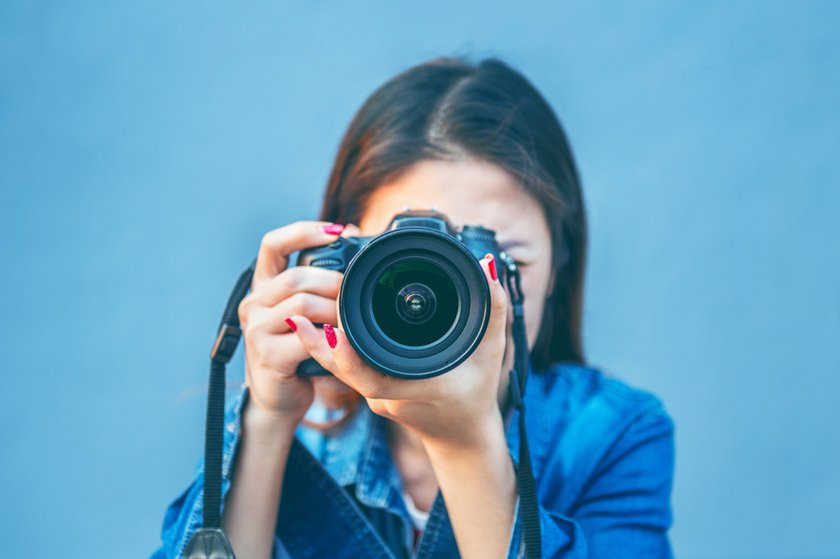
In recent years, there has been an active debate about the confrontation between analog and digital photography. The difference in automated and analog shooting quality, dynamic range, and settings has practically vanished. It means that an automated photo can now compete fully with film versions. Accordingly, automated technology offers several advantages in objectively comparing analog vs. digital photography. Let's look at them in more detail.
Advantages:
high-quality automated photography;
lightning-fast browsing of images;
large frame reserve thanks to memory card support;
a wide choice of devices according to characteristics and budget;
high speed of photo processing;
huge selection of lenses, flashes, and other accessories;
ease of use of equipment and software for working with frames.
the ability to take pictures "on the fly";
Digital technology has the advantage of software support for different types of photography. Therefore, in terms of convenience, the confrontation between analog and automated cameras ends up being 0:1 in favor of modern cameras. The same applies to the cost of accessories. Memory cards and software cost less than film and are processed in special studios. Automated cameras come in a wide range of models from $50 to $40,000, making amateur photography more affordable and professional photography more status-oriented.
Challenges:
high cost of equipment;
limited dynamic range;
a huge range of models with hundreds of variants;
specific requirements for the shooting environment;
the need for interchangeable power sources;
the high rate of obsolescence of devices;
many "extra" frames after the session.
the high cost of the camera when;
The listed disadvantages may make it seem that the first option wins when comparing analog and automated photography, but that's not quite true. Digital cameras forgive mistakes, which levels out the rest of the disadvantages.
The Hybrid Approach: Combining Film and Digital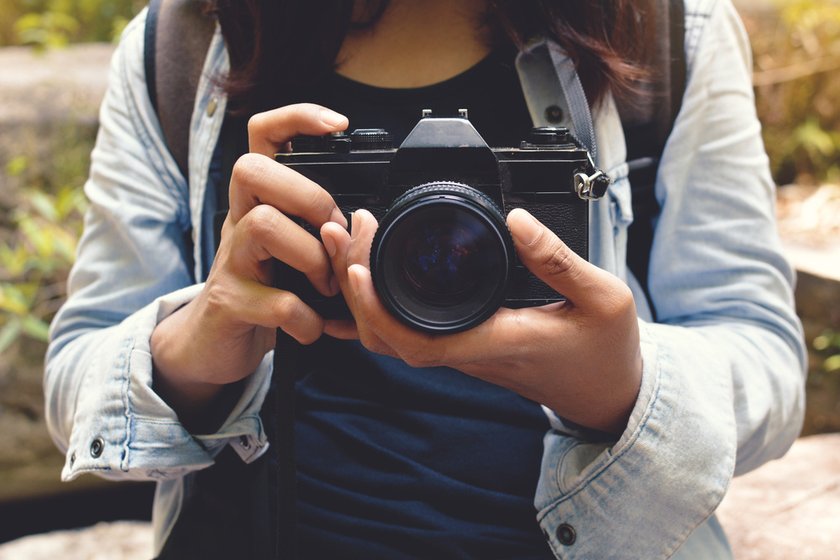
You can easily integrate one technique into another. It will allow the unique characteristics of each medium to be used to achieve the desired artistic vision.
How Photographers Are Merging Two Worlds
You can combine two techniques into one by using hybrid methods in your workflow. For example, shoot with analog cameras to capture an expressive aesthetic, then digitize the image for further processing and sharing. Another technique involves creating ordinary automated images with additional processing in the analog style and further printing if necessary.
Whether you need to work with a digitized image or create a film fake, if your original is blurry, you'll want to correct that nuance beforehand with Make Blurry Image Clear. Explore How to Sharpen an Image with modern photo editors to get the perfect result when working with images.
Spotlight on Luminar Neo
If you want free Photoshop alternatives or a new, convenient, and high-quality photo editor, pay attention to Luminar Neo. This revolutionary photo editor has several advanced features, including AI-powered ones, to help you achieve stunning results effortlessly. Being a modern Online Image Editor, it harmoniously combines simplicity and editing power.
Why Choose Luminar Neo for Digital Photography
It is suitable for you due to its advantages:
Advanced AI-Powered Tools
AI-based editing tools simplify working with images and improve their quality with minimal effort.
Versatility
A wide range of editing features suits artists of all skill levels and different photography styles and genres.
Intuitive Interface
A customizable workspace makes it easy for photographers to navigate and provides efficient access to essential editing tools.
Regular Updates
Updates are released regularly, ensuring users can access the latest features and improvements.
Revolutionary AI Tools and Their Advantages
Luminar AI introduces revolutionary tools that offer distinct advantages for making images to look like a film. Here's how these tools can enhance your automated photos:
AI-Based Enhancements
Luminar AI includes artificial intelligence-based tools that intelligently analyze your images and help automatically improve tone, color, and detail. It simplifies your editing process and produces natural harmonic results.
Film Grain Simulation
Adding different types of Film Grain to your automated images allows you to create a vintage aesthetic reminiscent of traditional analog photography.
Film Emulation Presets
Use analog emulation presets like Analog Film or Film Emulation to accurately replicate the look and feel of popular analog stocks. They allow you to effortlessly apply different film types' distinct color tones and textures.
Creative Effects
From vintage overlays to light leaks, various creative effects and filters add depth and character to your photos, replicating the unique look of analog.
Simplifying the Digital Workflow with Luminar Neo
Luminar Neo provides an easy and quality workspace with access to all editing tools and features in one place. The software allows photographers to edit pictures, preserving the original image data. Users get customizable workflows that cater to their unique needs, from creating custom presets, workspaces, and batch processing workflows to streamlining their editing process and achieving consistent results, as HDR Photo Editor Luminar gives you the power to create stunning images of architecture and nature. Advanced filters and AI tools will transfer your editing process to a new level.
Which Is Right for You?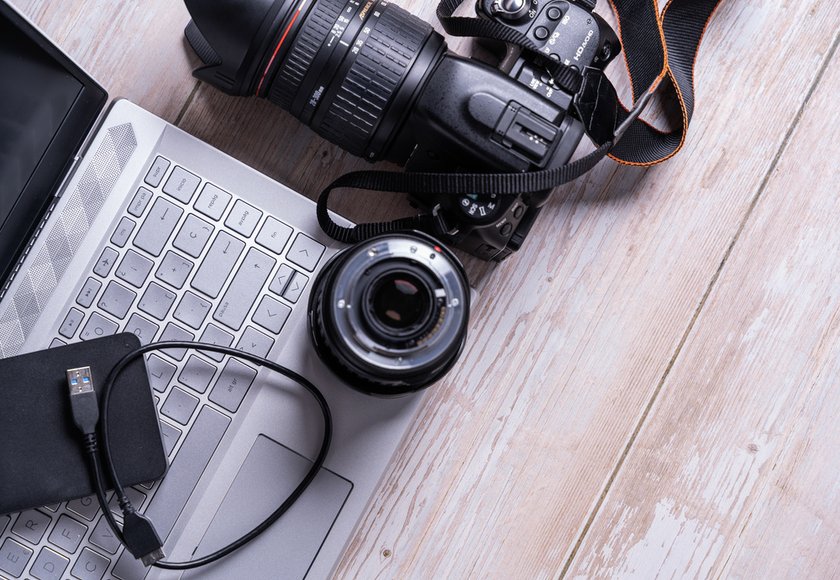
Factors to Consider in the Film vs Digital Debate
Comparing analog and digital photography is based on image quality, camera cost, additional costs, ease of use, and workflow. Both types of devices have nuances, so it's important to weigh them based on your specific needs and preferences.
Personal Preferences and Project Requirements
Your choice will depend on whether you need the tactile experience and nostalgic look of film or the convenience and flexibility of automated technology. Additionally, commercial work or personal art projects can influence how you photograph. Ultimately, you should consider your preferences and project goals when choosing between analog and digital.
Conclusion
It is a partial list of comparisons. However, for the average photo enthusiast, it should help determine which type of equipment best suits your interests and style. No matter which medium you choose, remember that photography is all about fun, imagination, and creativity!
The Future of Photography: Film, Digital, or Both?
Thanks to technological innovation, automated photography continues to evolve rapidly. Devices are getting smaller and lighter, with higher image quality and more advanced settings. However, with its timeless aesthetics, analog photography remains a favorite art form. So, the future of photography is determined not by choosing one device over another but by using the versatility and possibilities inherent in both. The coexistence of analog and automated photography should remain harmonious for many years.
FAQs
Is Film Better Than Digital?
The answer is individual and based on desired aesthetic and personal preference.
What is the Difference Between Film and Digital Cameras?
The difference lies in how the image is created, stored, and transmitted and in the possibilities of further work with it.
How to Decide: Digital vs Film Camera Camera?
To make a good choice, consider the desired artistic effect, cost, image quality, and convenience.
What are the storage implications of film vs digital photography over the long term?
Consider factors such as desired artistic effect, cost, image quality, and convenience when choosing.
How do film and digital cameras perform under low light conditions?
Due to film speed limitations, such apparatus works worse than automated cameras, which offer ISO settings for better performance.



